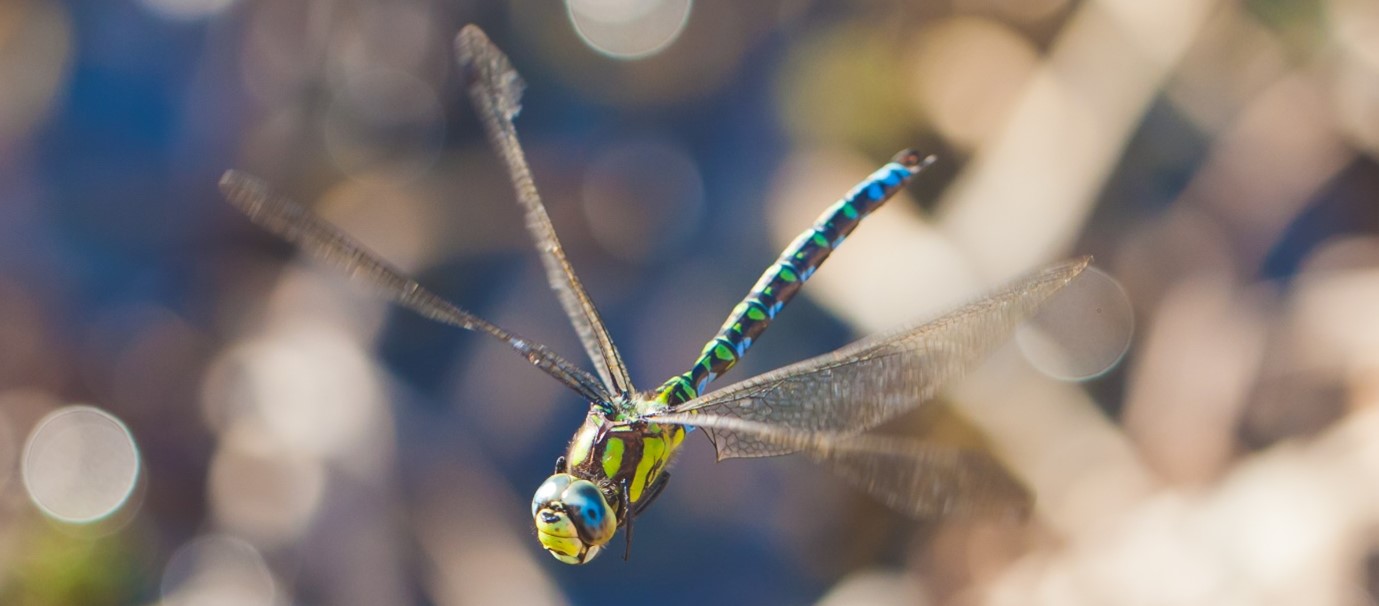International collaboration project with Imperial College London
Associate Professor Huai-Di Lin (Department of Bioengineering, Imperial College London): h.lin@imperial.ac.uk
Professor En-Cheng Yang (Department of Entomology, National Taiwan University): ecyang@ntu.edu.tw
If interested, please contact Professor Yang first. The research project will primarily be conducted in English.

Project 1: Target detection and head stabilization in the dragonfly
Background: The percher dragonflies make a rapid head movement upon detecting a potential prey to place the target in their dorsal fovea. This behaviour is stereotyped and marks the target detection in the visual system. In parallel, the ocelli drive the head to maintain horizontal orientation. Both visuomotor circuits can be assessed through measuring the head movements.
Research questions: What are the variations in the prey detection visual field across dragonfly species? Does the dorsal light response impact the head tracking behaviour?
Objectives:
- Map the target detection visual field across percher dragonfly species in Taiwan.
- Characterize the temporal dynamics of the dorsal light response in the dragonfly.
- Identify the impact of dorsal light response to target tracking in the dragonfly.
Methods: High-speed videography, 3D projection, behaviour assays
Timeframe: Start no later than May 7th (project length scalable)
Project 2: Wing sensory system and mechanosensory reflexes in the dragonfly
Background: The dragonfly’s extensive wing sensory system implements reflexes to provide flight compensation for controlling the highly flexible wings. We have a complete anatomy of the dragonfly’s direct flight muscles, yet the nature of these control reflexes is unknown.
Research questions: What kind of local reflexes are mediated by the wing sensory system? Which muscles are most involved in these reflexes? What are the functions of these reflexes?
Objectives:
- Measure flight muscle responses (EMG) due to mechano-stimulation to the fixed wings.
- Characterize flight muscle EMG across multiple dragonfly species.
- Acquire EMG during tethered flight.
Methods: Electromyogram recordings, mechanical stimulation, high-speed videography
Timeframe: Start between May 9th and May 20th (project length scalable)